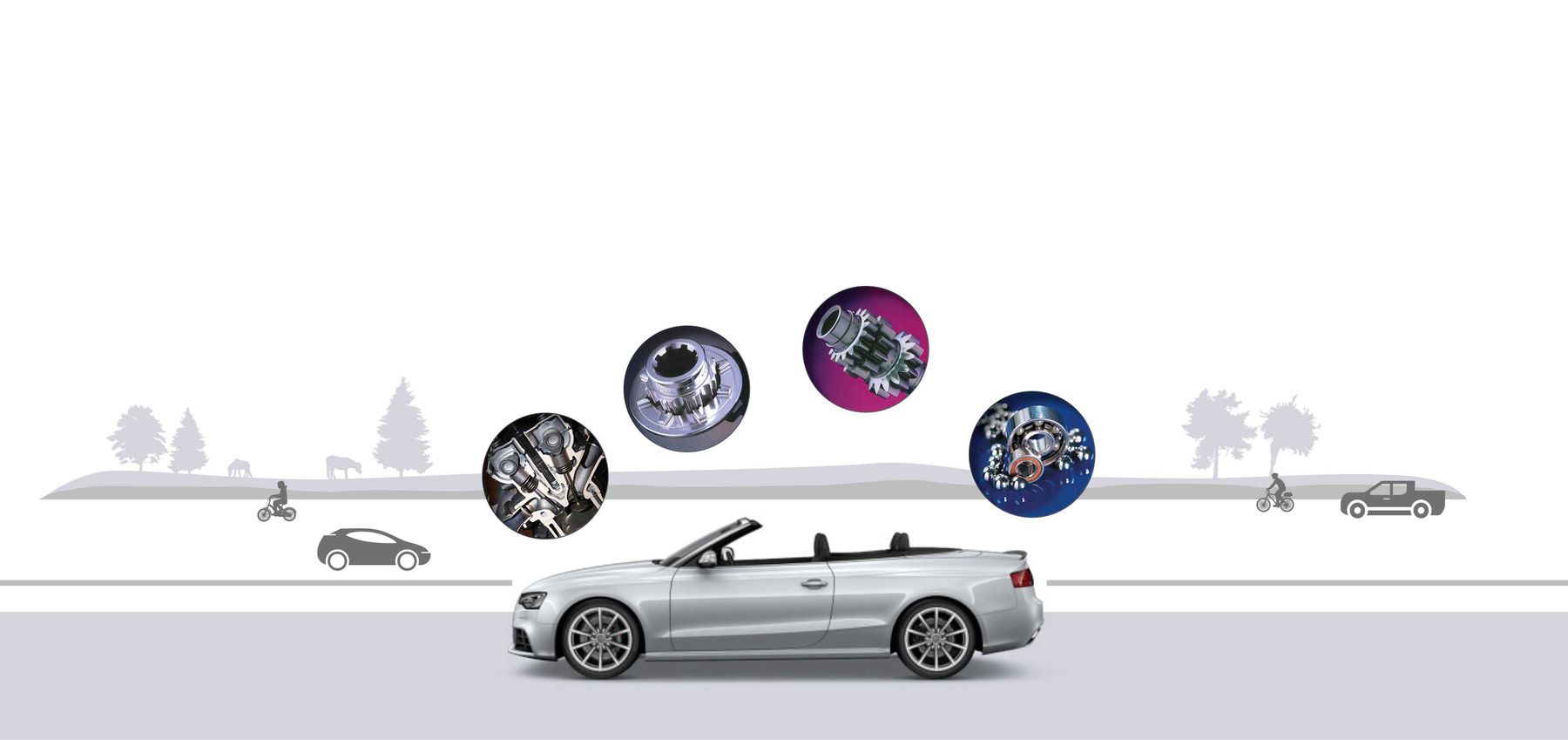
Processing is an essential part of photography. We already discussed why you should shoot in RAW if you want to get the most out of your images, but many choose to shoot in JPG because they think that the processing would take too much time.
- Think Before You Shoot
Not everything is fixed in the processing. A good photograph must be good from the shot. Otherwise, you can hardly save it in the processing. The processing is to make slight adjustments to exposure and contrast, eliminate small elements that can distract attention or make the shot ugly, and give your personal touch to the color. But if you shoot like crazy without stopping to compose and correctly adjust your camera’s parameters, then not only will it take much longer to process your photos, but they will never look as good as if you had taken your time to think before shooting.
- Think Before Processing
Just as you need to think before you shoot, so is think before you process. Starting to play settings like crazy without knowing where you want to go will waste precious time.
Therefore, the first step in developing is to stop to analyze the photograph and decide what you want to do with it:
What style do you want to give it?
Do you have the right exposure for what you want to convey?
Does it have too much or too little contrast?
Do you need a white balance adjustment?
Do you want to customize its colors to give it a personal touch?
Or maybe better a black and white retouch?
Once you have decided what type of development you want to achieve, it will be time to start playing all the processing settings. As you already know where you want to go, it will be much easier to get to the point and not waste time.
- Know the Program
Many programs can help you develop and process your photos. You can choose what you like the most or the one that provides you with the best tools to get what you need, but without a doubt, something essential will be that you know it well.
They are all complex programs and have powerful and elaborate tools. It is not enough to use intuition to get the most out of them: it is necessary to study them. So, if you want to optimize the time you spend processing your photos or working on your bridal photo edit (edit foto pengantin, which is the term in Indonesia) to the maximum, without a doubt, one of the best tips is that you learn to handle the program correctly
You do not need to know all its options and tools by heart, but it will be necessary to know what you are going to use regularly. You will find hundreds of tutorials on the internet to learn how to use any of them; you have to dedicate a little time to it. In our blog, you can find tutorials on various programs.
- Choose A Suitable Profile
The first thing you should choose before you start tapping all the development options is a profile. You will usually find it before all adjustment panels or inside the camera calibration panel, depending on the processing program you use.
The profile you choose will change your photograph’s initial appearance and, therefore, will be the basis of your processing. So, select the profile that best suits the processing you had in mind to have less retouching and save time.
Many professionals choose always to choose a flat or neutral profile at this step. It may not be the option that holds the most editing time because it leaves the photo very contrasting, washed, and desaturated. Still, it is undoubtedly the best base if you want to recover all the nuances of texture and color of the most delicate areas, such as shadows or the high lights.






